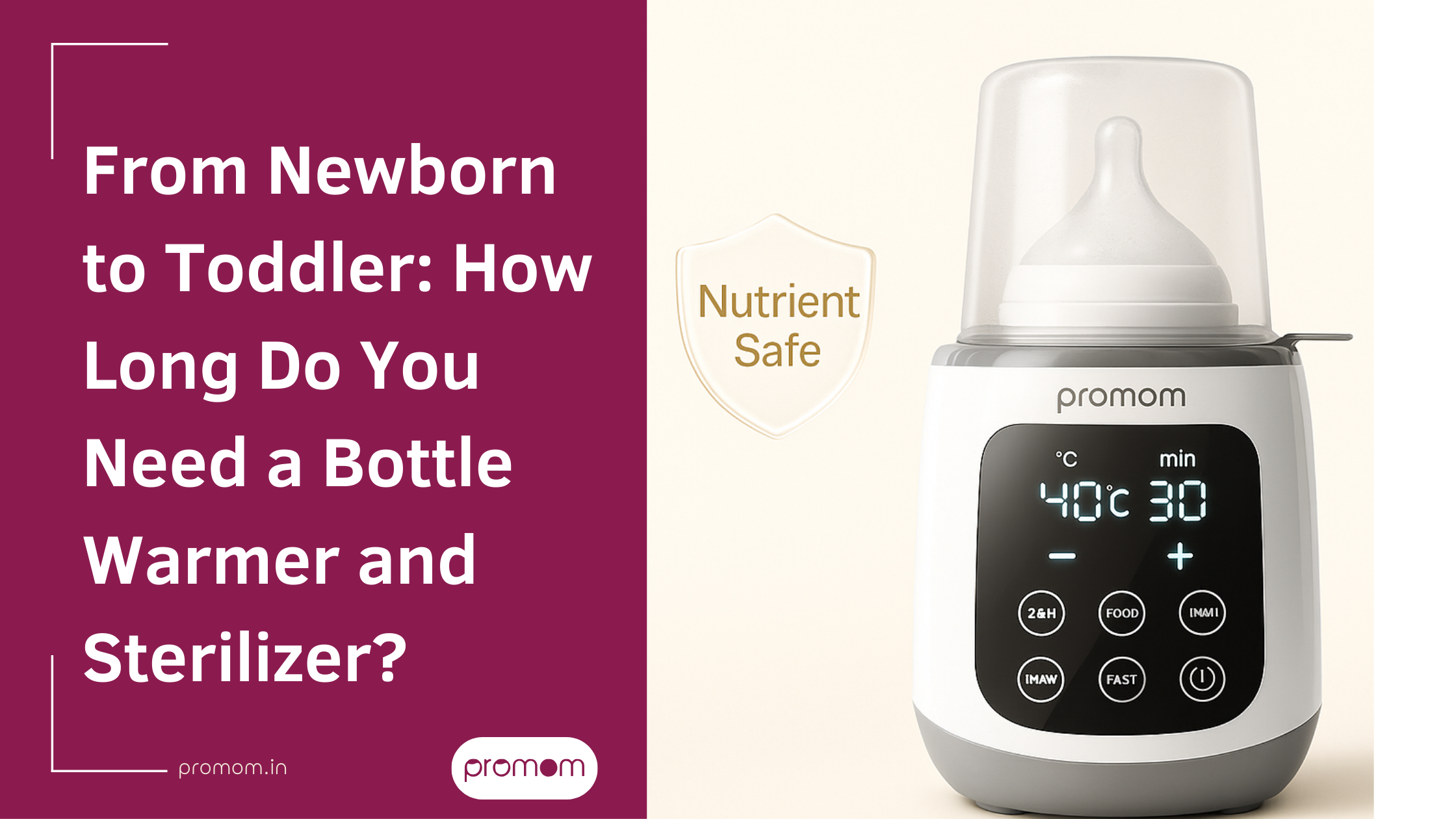
Maximize Your Milk Supply with the Right Breastfeeding Pump
One of the most important aspects of breastfeeding is to ensure that mothers produce enough milk to feed the baby, especially in the first few weeks after birth. There is nothing more important for the baby than receiving all the necessary nutrients from the mother’s milk. To sum up, the efficient use of a breastfeeding pump by Promom can be named one of the most efficient methods of enhancing and sustaining your production.
How Breastfeeding Pump Assist in Raising Milk Production
A breastfeeding pump is a device that imitates sucking activity in a baby and triggers the let-down reflex. If done properly and regularly, pumps tell the body to produce more milk in response to the extra load. This is good for building the ample reserve that your baby needs.
Types of Breast Pumps
Manual Breast Pumps
Manual breast pumps have to be operated by hand. They have a handle that is squeezed and released alternately for the simulation of breastfeeding to extract milk. Manual pumps are not big, lightweight, often cheaper, and suitable for short-term usage. However, they demand some effort and can be rather tiring when used often or for an extended period.
Electric Breast Pumps
Electric breast pumps employ an electric motor to drive the suction so that the mother does not have to operate the pump manually. Some more have options to set the speed, rhythm, and power of suction to be employed during operations. Manual pumps take longer time and are less efficient compared to electric pumps, especially when pumping frequently or exclusively. They can be used to double pump, that is using two pumps to express milk from both breasts at the same time. Manual pumps are comparatively smaller and comprise fewer components than electric ones. Some examples are small portable pumps for domestic use and rental pumps used in hospitals.
Wearable Breast Pumps
A wearable breast pump, like that by Promom, is another type that misses the hands-free type and is meant for discreet and portable use. Compact and not very heavy, they can be comfortably worn in the bra of the mother and stimulate milk production throughout the day. Some of them have battery packs while others are connected to the mains. Milk is expressed either in a collection bag tied around the breasts or bottles fixed on the pumps.
Key Pumping Best Practices
- Pump Early and Often: Starting pumping early, in the first one to two weeks after birth tells the body it is time to produce more milk. The goal is to ensure the feeding frequency of the baby and pump 8-12 times a day. This results in multiple milk let-downs throughout the day.
- Power Pump: Power pumping is done by expressing milk for 20 minutes and rest for 10 minutes then expressing for another 20 minutes with rest for 10 minutes for about 1-2 hours. This should be done about 1-2 times a day and it helps the body to produce more milk at normal pumping times.
- Massage Breasts While Pumping: Rubbing breasts before and during pumping stimulates the let-down reflex and allows more of the milk ducts to be emptied. Rub the fingertips in circular movements on the breast skin all around and on the lumpy areas in particular.
- Drink Enough Water and Minimize Stress: To ensure that the production of milk is adequate, one has to take enough fluids. Dehydration limits supply fast. Stress also interferes with the milk ejection process during pumping, therefore ensure that the mother is well taken care of with adequate sleep, food, and encouragement.
Maximizing the Benefits of Pumping Sessions
After choosing the right pump that suits a particular woman, ensuring that each session is effective is equally crucial for production. Follow these tips:
- Bottle feed every 2-3 hours if not attached to mother if she has feeding signs. Consistency is vital.
- Massage the breast while pumping to trigger the flow of more milk and empty as many ducts as possible.
- Pump after feeding to harness the benefits of oxytocin that is released during breastfeeding to express more milk.
- Power pump once a day – 10 minutes ON and 10 minutes OFF for 1 hour with the concept of cluster feeding.
Enhancing Other Factors That Influence Milk Supply
However, if you want to boost your supply, it’s important to use a breastfeeding pump designed for boosting supply and other factors come into play as well. Make sure to also:
- Drink sufficient water and increase your food intake since you are burning more calories.
- Have as many touches as possible with the baby during the time you spend together.
- It is advised to use a pacifier sparingly and only when breastfeeding is going well.
- Do not introduce bottles until the supply is more established as this may cause nipple confusion.


